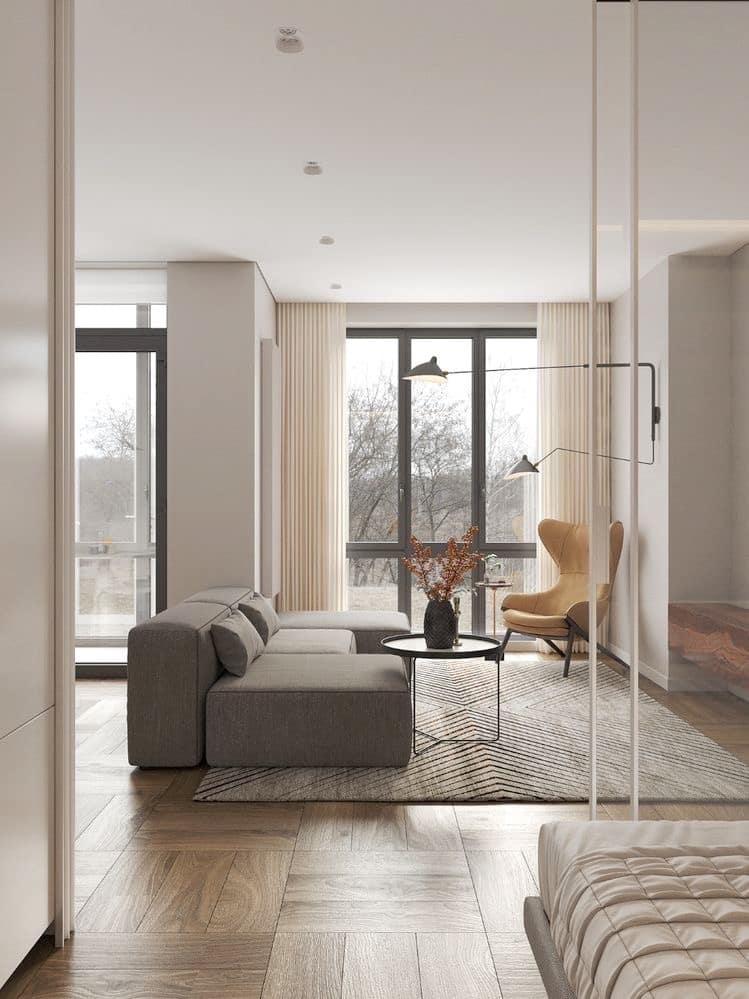Style your #Modern living room – don’t forget to use the vertical space!


Utilizing vertical space in interior design has become a popular trend, especially in modern homes where floor space may be limited. Vertical space refers to the area above and below eye level, such as walls, ceilings and tall furniture pieces. By effectively utilizing vertical space, you can optimize your living space, create a visually appealing environment, and add functionality to your home.
One of the most significant advantages of utilizing vertical space is the ability to maximize storage in small spaces. Wall-mounted shelves, cabinets, and bookshelves are excellent examples of vertical storage solutions that can help declutter your living space. Vertical storage allows you to store items in an organized and accessible manner without taking up valuable floor space. You can display decorative items, books or even create a vertical garden to add a touch of greenery to your living room. Incorporating vertical storage can also create a sleek and minimalist look, keeping your living room tidy and visually appealing.
In addition to storage, vertical space can be used to create visual interest and focal points in a room. For instance, using tall and statement furniture pieces like bookshelves, floor-to-ceiling curtains or statement artwork can draw the eye upward, adding height and drama to your living room. Vertical lines on walls or patterned wallpaper can also create an illusion of height, making the room appear taller and more spacious. Experimenting with vertical elements in your living room can add depth and dimension to the space, making it more visually dynamic and intriguing.
Another way to effectively use vertical space is by incorporating functional elements, such as vertical workstations, fold-down desks or wall-mounted TV screens. These solutions can be particularly useful in small living rooms where floor space is limited, providing a dedicated workspace or entertainment area without taking up valuable floor real estate. Vertical workstations or fold-down desks can also be hidden when not in use, keeping your living room clean and uncluttered.
Lighting is another important aspect of utilizing vertical space. Wall-mounted sconces, pendant lights or tall floor lamps can provide ambient and task lighting, illuminating your living room from different heights and creating a warm and inviting atmosphere. Vertical lighting solutions can also highlight vertical elements in your living room, such as artwork or statement furniture pieces, adding depth and visual interest to the space.
Lastly, vertical space can be used to create unique and personalized design features in your living room. For example, creating a gallery wall with a collection of framed artwork or photographs can add personality and style to your living room. Vertical space can also be used to display decorative items, such as hanging plants, wall sculptures or floating shelves with curated objects that reflect your personal style and interests.
As a recap, vertical space in your living room can have a significant impact on the functionality, aesthetics and visual appeal of your home. From maximizing storage to creating visual interest, incorporating functional elements, optimizing lighting and adding personal touches, vertical space offers endless opportunities for creative and efficient interior design.
So, look up, and consider how you can make the most of the vertical space in your living room to enhance your home’s overall look and feel – enjoy your home 🤩
